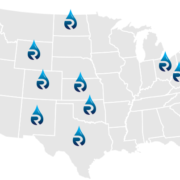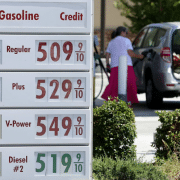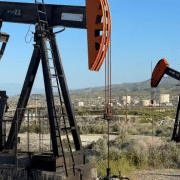Despite lingering concerns about China’s economy, global oil demand hit a record high in June. It could be on track for another form of tighter oil market move in August. This is what the International Energy Agency (IEA) said in its latest monthly report.
The cuts from OPEC+ and Saudi Arabia are coupled with expected continued strength in demand. They are set to result in inventory draws for the rest of the year, supporting oil prices, analysts and forecasting agencies say.
China, of course, will be the key driver of price moves either up or down, depending on how its economy fares and how much stimulus authorities are ready to unroll to help a much-awaited rebound after the reopening early this year.
So far into 2023, weaker-than-expected Chinese economic data have stopped price rallies in their tracks. U.S. economic prospects have turned somewhat brighter, with the Fed and investment banks no longer expecting a recession.
But persistent worries about China are holding oil prices back.
Just this week, following seven consecutive weeks of gains, oil prices dipped on three consecutive days after China reported another set of weak economic data. Concerns about the property and credit markets in the world’s second-largest economy also weighed on market sentiment.
The Central Bank of China pledged on Thursday to keep its policy “precise and forceful”. This is to help the economy struggling to lift off.
The bank vowed to “better leverage the dual functions of aggregate and structural monetary policy tools and firmly support the recovery and development of the real economy.”
The oil market continues to be cautious about China’s economy. This is until market participants see additional measures to prop up the economy in the world’s top crude oil importer. Moreove the results of these measures are the concerns about China will not abate.
Click here to read the full article
Source: Oil Price
If you have further questions about the topic of tighter oil market trends, please contact us here.









